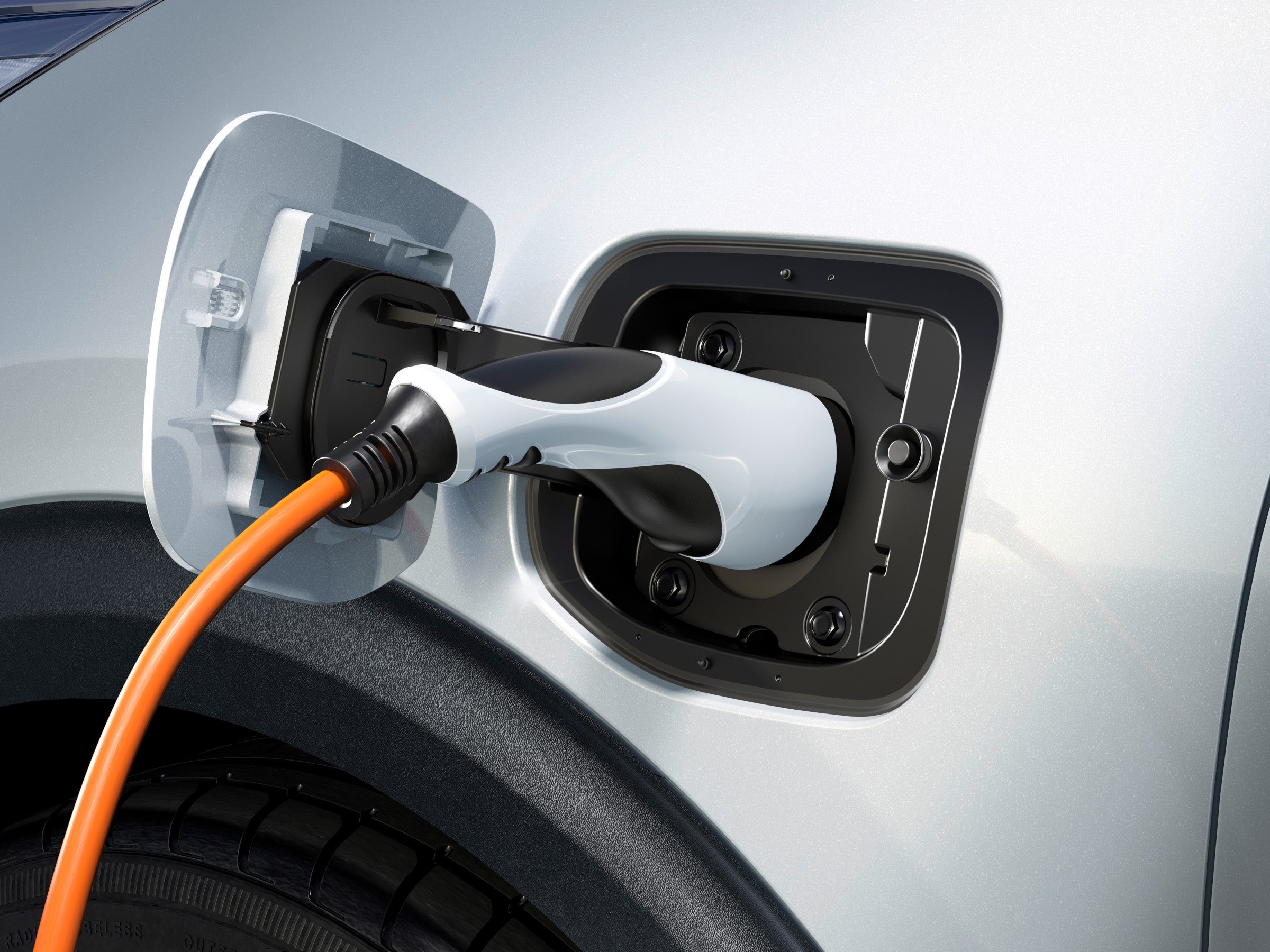
And thanks to regenerative braking, hybrids are able to recapture energy that would otherwise be lost. Even for higher power demands, where the gas engine kicks in, the electric motor provides assistance and boosts overall efficiency. By combining a relatively small gasoline engine, an electric motor, and a battery pack, hybrids use electric-only propulsion at low speeds on light throttle. Hybrids provide the best of both worlds, teaming an electric motor with a gasoline engine. Plug-in hybrids give some all-electric miles before reverting to regular hybrid operation.Pure EVs tend to be expensive, but many qualify for federal income tax credits.Most car types-from small cars to pickup trucks-are available with some kind of electrification.Hybrid cars and SUVs are among the most reliable vehicle types.(For further insights, see Electric Cars 101.) In this buying guide, we’ll explain how these technologies work and provide the insights necessary to choose the model that will meet your needs and goals, based on our real-world, collective experience with all types of electrified vehicles. Hence, it’s important to understand the advantages and disadvantages of each before choosing your next vehicle. But electrified vehicles-hybrids, plug-in hybrids, and EVs-are different from gasoline models and come with their own set of compromises. According to a Consumer Reports study, EVs can cost less to fuel and are cheaper to repair and maintain than comparable gasoline-powered models.
#Best value plug in hybrid cars drivers
Overall, it’s a brilliant package that’s ideal for both company car drivers and families alike.Hybrids, plug-in hybrids, and electric vehicles (EVs) provide energy-efficient transportation while lowering emissions, diminishing noise, and reducing operating costs. The boot is also a good size, while rear space is better than in the Lexus NX. Also, the ride is comfortable with its standard fit rear air suspension, while the latter helps keep the car composed in the corners.Īs with many other new Mercedes, the GLC is offered with a shedload of tech, with an infotainment system that’s responsive and easy to navigate. The system is very smooth and refined, while performance is brisk.

However, there’s more to the GLC 300e than just range. As a result, it's the best plug-in hybrid you can buy with its low official CO2 emissions and low company car tax rating. With its official electric-only range of 80 miles, the GLC 300e has one of the longest ranges of any plug-in hybrid on sale. Both hybrids and plug-in hybrids are ideal for urban driving, with the latter being most efficient when plugged in regularly. A plug-in hybrid, meanwhile, can be ideal for a short commute or school run, so you can use electric power for those journeys, and the engine on longer ones. For instance, if you don’t have a driveway (for charging at home) and do mostly urban driving, a ‘self-charging’ hybrid might suit you better. What’s best plug-in hybrid or self charging? If not, the fuel economy isn’t as good, because the engine is having to pull around the heavy battery without as much assistance from the electric motor. Officially, plug-in hybrids have better mileage, but you need to plug them in regularly to get most out of them.

What gets better mileage hybrid or plug-in hybrid? The battery can also be topped up with a charger, whereas in a regular hybrid the battery is much smaller and charged solely by the engine. A PHEV is different from a regular hybrid (HEV), because it can travel for longer distances on electric power. PHEV stands for 'Plug-in Hybrid Electric Vehicle'. What is the difference between PHEV and plug-in hybrid? Not far behind is the Range Rover Sport P460e, which can travel 76 miles officially.

The highest mileage plug-in hybrid is currently the Mercedes GLC 300e, which offers an official electric-only range of 80 miles. What is the highest mileage plug-in hybrid?


 0 kommentar(er)
0 kommentar(er)
